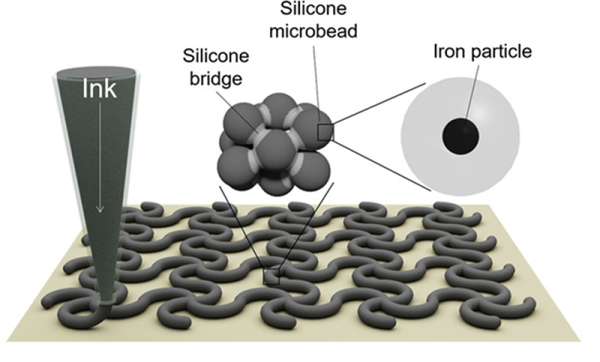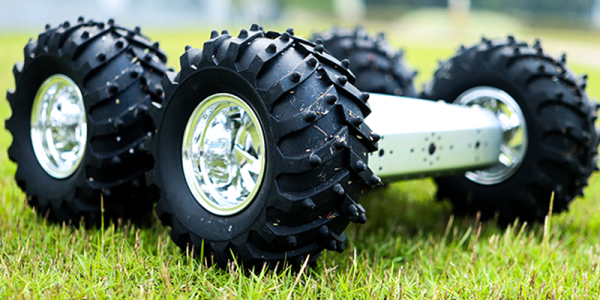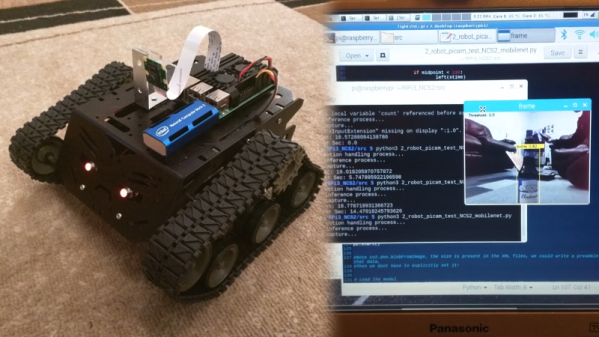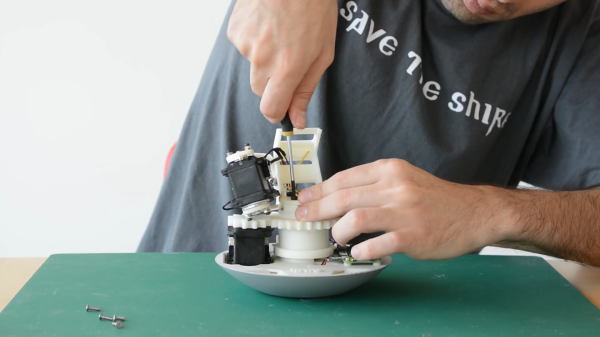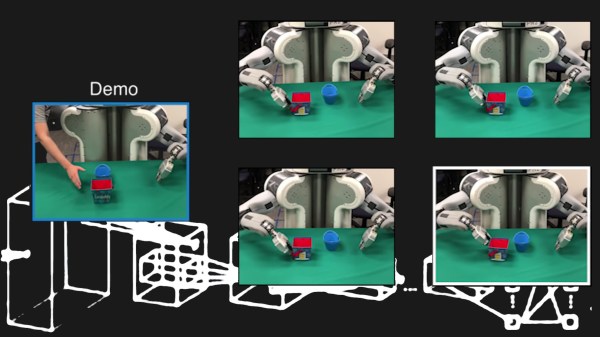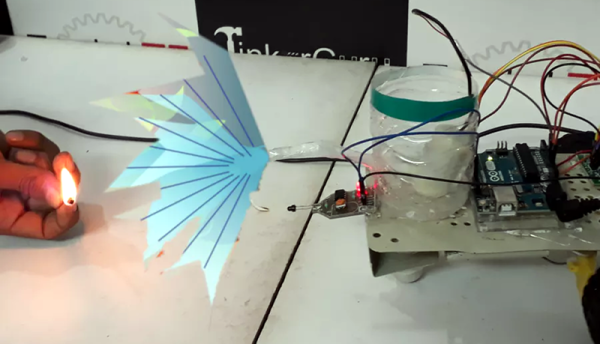We’ve been occasionally exploring examples of what could be the killer application for self-driving vehicles: autonomous freight deliveries, both long-haul and local, as well as some special use cases. Some, like UAV delivery of blood and medical supplies in Kenya, have taken off and are becoming both profitable and potentially life-saving. Others, like driverless long-haul trucking, made an initial splash but appear to have gone quiet since then. This is to be expected, as the marketplace picks winners and losers in a neverending quest to maximize return on investment. But the whole field seems to have gotten a bit sleepy lately, with no big news of note for quite a while.
That changed last week with Amazon’s announcement of Scout, their autonomous delivery vehicle. Announced first on Amazon’s blog and later picked up by the popular and tech press who repeated the Amazon material almost verbatim, Scout appears at first glance to be a serious attempt by Amazon to own the “last mile” of delivery – the local routes that are currently plied by the likes of UPS, FedEx, and various postal services. Or is it?
Continue reading “Automate The Freight: Amazon Tackles The Last Mile Problem On Wheels”


